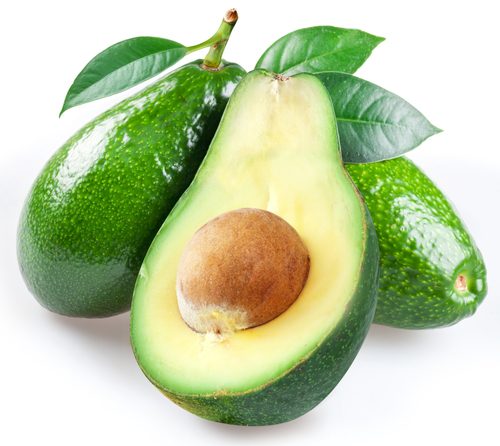Kill The Avocado In Your Belly

The tasteful, humane, and wise Allison Benedikt at Slate has some advice for you expectant mothers:
Of course everyone has the right to celebrate their impending kid however they see fit—we would not have gone the sonogram photoshop route, but perhaps that’s because the 3-D smush face ultrasound printouts we walked out of our OB’s office with always could have been titled, “Ben Franklin on a Very Bad Day.” Still, casually and publicly assigning human attributes to not-yet-human embryos—including an avocado-sized embryo in the family portrait—does not seem like the best way to argue against measures that seek to treat that avocado like a member of our collective American family.
Her point, in case you missed it, is that unborn children are on the same moral plane as avocados, and people who insist on treating sonogram pictures as if they were images of actual human beings are unhelpful to the cause of abortion rights.
Katie Roiphe, also writing at Slate, expands on the point:
I don’t actually think it is in the interests of feminism or the pro-choice movement to cling so rigidly to outdated notions of “life.” It no longer helps our cause to try to argue that the fetus is not “life.” The reason for this, as people have noted, is that technological advances, like sonograms, where you can see feet on a fetus in the first trimester, have made those claims clearly and patently hollow to even ardently pro-choice people who have seen the black and white staticky fuzziness take shape into human form. How can we possibly claim that the moving creature, with feet and toes that we can see, is not “life”?
It seems to me that the pro-choice movement doesn’t need to cling to these ideas, or this rigid ’70s-era idiom, to make its central argument acceptable to the larger public. The idea that a woman should control her reproductive choices is still a vivid and moral one even to a population that understands full well that a fetus is a baby-in-progress.
Can we admit that a woman has the right to choose, while also acknowledging what we see on sonograms? Can we say “embryos” and “fetuses” do represent some form of “life” without conceding a woman’s absolute control over the womb that bears them? A person who has had an abortion knows, and in fact has always known, and experienced very intimately this charged ambiguity: An unborn fetus that is wanted is a “baby,” and an unborn fetus that is not wanted is a “fetus.”
Emphasis mine. In other words, the very humanity of the entity living in the womb of a mother depends entirely on her decision about whether or not she desires the creature. This is absolutely monstrous. It really is. It is the same thing as the Caesars of old giving thumbs up or thumbs down (or, technically, the open or flat palm) in the Colosseum, deciding arbitrarily whether or not a gladiator lived or died.
This is where pro-choice absolutism leads in a post-Christian world. And yet, I have to give Roiphe credit: she’s more honest than many pro-choice advocates about the nature of the choices they make, and for which they advocate.

Subscribe for as little as $5/mo to start commenting on Rod’s blog.